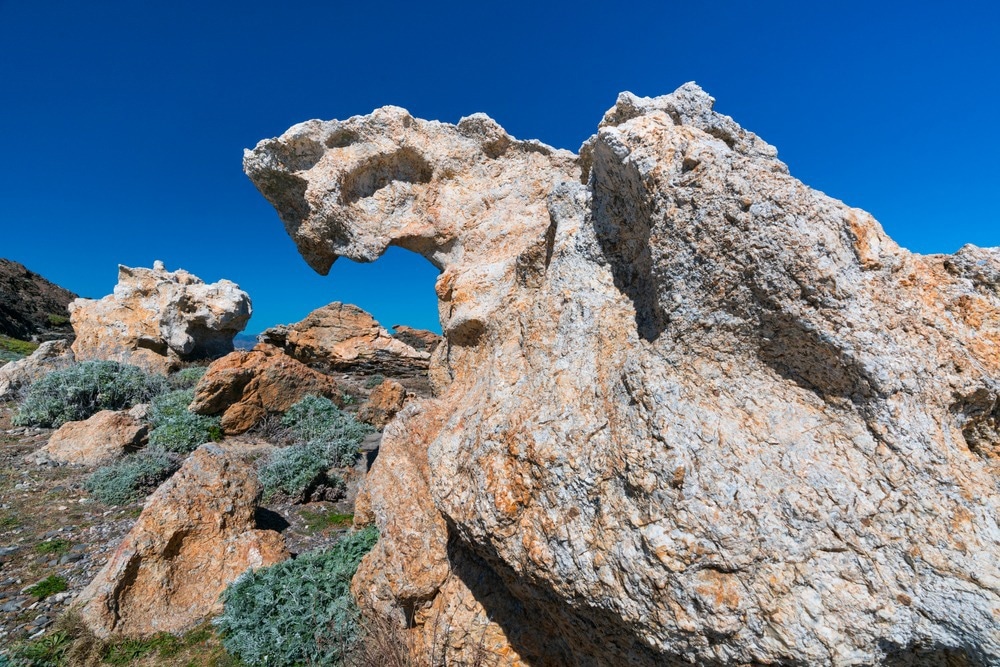Slave Lake Zinc Corp., a mining company focused on the exploration and expansion of the historic O’Connor Lake zinc-lead resource in Canada’s Northwest Territories, announced that it was featured in a broadcast via NetworkNewsAudio, a solution that provides additional visibility, recognition, and brand awareness in the investment community through distribution to thousands of syndication points.

Image Credit: Juan Carlos Munoz/Shutterstock.com
The audio press release discusses Slave Lake Zinc’s study of historical drill logs obtained recently for 13 drill holes from 1951 drilling on the west side of O’Connor Lake.
It cannot be overstated how the historic data has enhanced our ability to advance this project in comparison to our peers. Lithium exploration will be substantially advanced with the recognition of pegmatites within the historic drilling. With the historic data now at hand, Slave Lake can better focus our exploration efforts and define drill targets more efficiently. Our focus initially was the high-grade zinc-lead+/– copper mineralization, but we can now add lithium as a target metal at our O'Connor Lake critical metals exploration project.
Ritch Wigham, Chief Executive Officer, Slave Lake Zinc Corp.
Pegmatites and pegmatitic granites have been recorded in the 13 drill holes reported by American Yellowknife Mines, according to Slave Lake Zinc. Pegmatites were found in drill sections ranging from less than 1 m to more than 10 m.
Exploration at O’Connor Lake in 1951 was intended to look for zinc-lead-copper mineralization. There was no assessment of lithium or tantalum-columbite mineralization, both of which are currently required for electrification (green energy).
The historic drilling took place around 7 km west of the initial Shaft Zone deposit at Slave Lake Zinc. Prior to 1950, major structures with high-grade zinc-lead mineralization were identified west of O’Connor Lake and were the focus of early drilling.
In 1951, two distinct vein systems were examined in a series of widely separated holes ranging in depth of fewer than 90 m.
Drill results show several pegmatite vein intersections ranging from less than 1 m to more than 7 m.
Slave Lake Zinc intends to produce a resource at the O’Connor Lake project with a drill program that confirms the historic intercepts while also targeting additional regions for zinc-lead mineralization. The lithium potential of known pegmatites will also be assessed as part of this program.